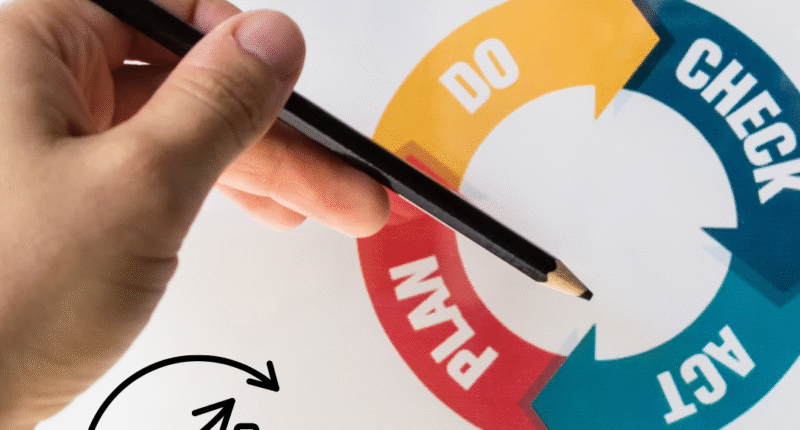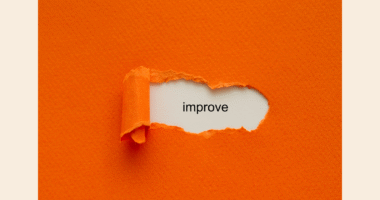Implementing Kaizen in manufacturing can transform your production process, improve efficiency, and foster a culture of continuous improvement. Kaizen, a Japanese philosophy meaning “change for the better,” focuses on small, incremental improvements that collectively lead to significant gains. Here’s a step-by-step guide to implementing Kaizen effectively in your manufacturing operations.
Understanding the Principles of Kaizen
Before implementing Kaizen, it’s essential to understand its core principles. These include:
-
Continuous Improvement: Strive for ongoing, small improvements rather than waiting for large changes.
-
Employee Involvement: Engage employees at all levels in identifying inefficiencies and suggesting solutions.
-
Waste Elimination: Focus on reducing waste (muda) in all areas of production, including time, materials, and energy.
-
Standardization: Develop standardized processes to maintain improvements and prevent regression.
By embracing these principles, manufacturing teams can foster a culture where every worker actively contributes to enhancing productivity and quality.
Steps to Implement Kaizen in Manufacturing
1. Identify Improvement Areas
Start by analyzing your manufacturing process to locate areas of inefficiency. Use tools like value stream mapping, process flow analysis, and waste identification to pinpoint bottlenecks, delays, or defects.
2. Set Clear Goals
Establish specific, measurable, achievable, relevant, and time-bound (SMART) goals for improvement. Examples include reducing machine downtime by 10%, cutting production waste by 15%, or improving assembly line speed without compromising quality.
3. Form a Kaizen Team
Create a cross-functional team that includes operators, supervisors, and engineers. This team will be responsible for brainstorming solutions, implementing changes, and monitoring results.
4. Implement Small, Incremental Changes
Kaizen is not about large-scale overhauls. Encourage your team to implement small, manageable improvements, such as rearranging tools for efficiency, reducing motion waste, or streamlining quality checks.
5. Monitor, Measure, and Adjust
Track the results of your improvements using key performance indicators (KPIs) like cycle time, defect rate, and production throughput. Adjust processes as necessary and continue seeking opportunities for further enhancement.
Creating a Sustainable Kaizen Culture
For Kaizen to be effective, it must become part of your company’s culture. Encourage regular feedback, celebrate small wins, and provide training for employees on continuous improvement methodologies. Leadership should model Kaizen principles, demonstrating commitment to ongoing enhancement at all levels of the organization.
Implementing Kaizen in manufacturing is more than a process improvement tool; it’s a mindset. By fostering employee involvement, eliminating waste, and continuously refining processes, manufacturers can achieve higher productivity, improved quality, and a competitive edge in the market.









